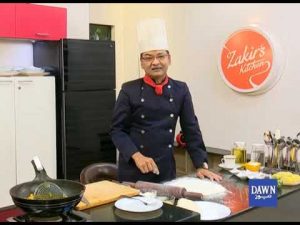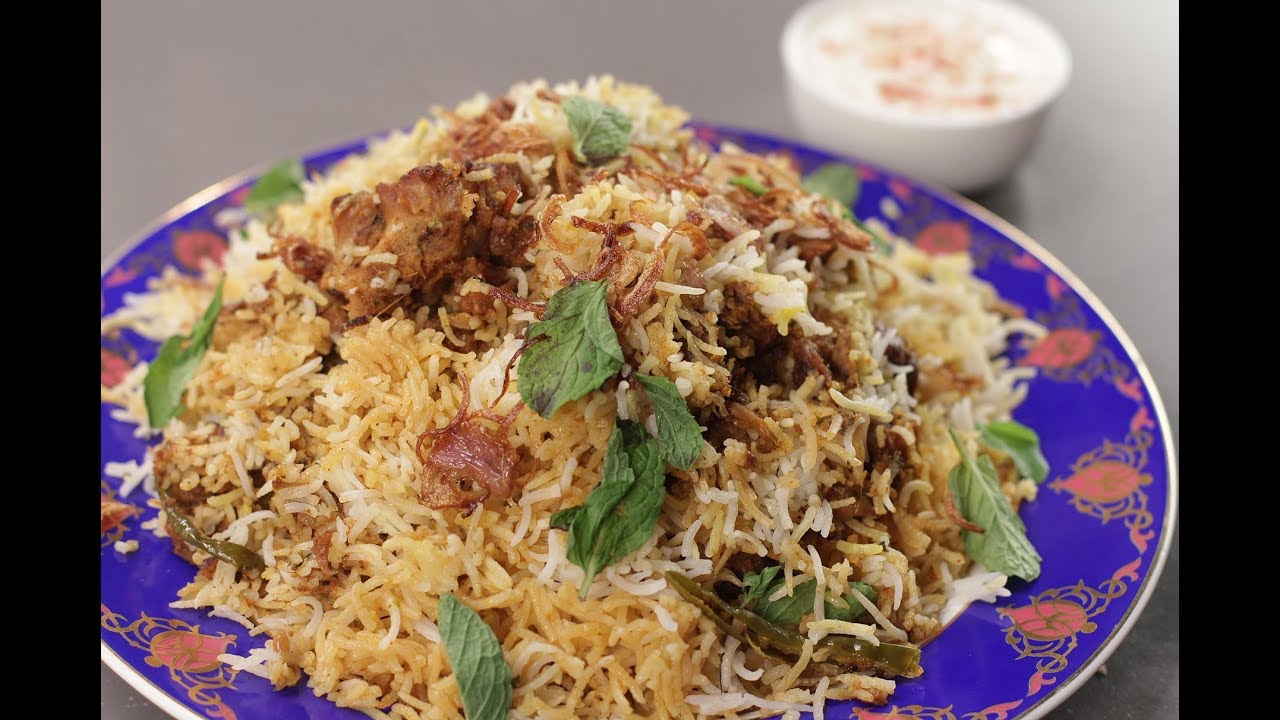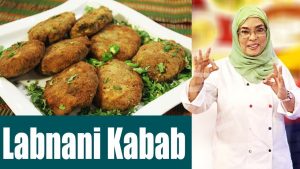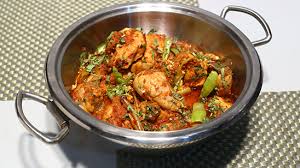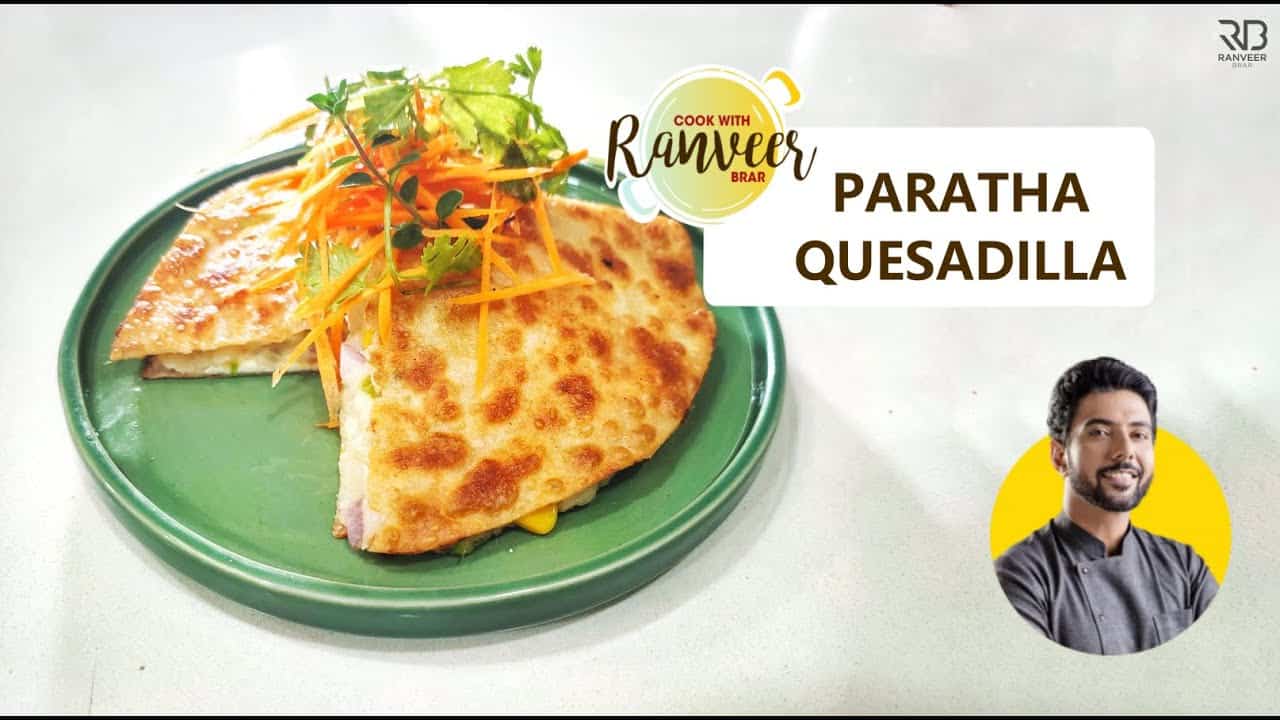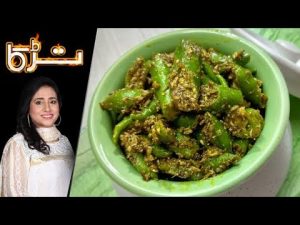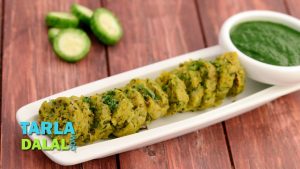Discover the remarkable journey of Chef Claude Tayag, a renowned culinary artist from the Philippines. Immerse yourself in his passion for Filipino cuisine and culture as he blends traditional flavors with modern techniques. Explore Chef Tayag’s award-winning culinary creations, his influential role in promoting Filipino gastronomy, and his captivating story that continues to inspire aspiring chefs worldwide. Uncover the extraordinary world of Chef Claude Tayag, where culinary expertise meets cultural heritage.
Introduction:
Chef Claude Tayag is a renowned Filipino chef, artist, writer, and cultural advocate who has made significant contributions to the culinary and artistic landscape of the Philippines. With his passion for preserving Filipino heritage and promoting local cuisine, Tayag has become a prominent figure in the country’s culinary industry. This biography will delve into his early life, culinary journey, artistic endeavors, and his impact on Filipino culture.
Early Life and Education:
Claude Tayag was born on July 21, 1957, in Angeles City, Pampanga, Philippines. Growing up in a household that celebrated both food and art, Tayag was exposed to a rich cultural heritage from an early age. His parents, Alejandro and Amelia Tayag, were both passionate about cooking and were known for their delicious Kapampangan dishes. Their influence ignited Tayag’s love for food and set the foundation for his culinary career.
Tayag attended Holy Angel University in Angeles City, where he pursued a degree in Fine Arts. His artistic inclination was evident throughout his education, and he later merged his passion for art with his culinary skills, creating unique dining experiences that encompassed both visual and gastronomic elements.
Culinary Journey and Career:
Tayag’s culinary journey began in the late 1970s when he established the legendary Bale Dutung (Wooden House) restaurant in Angeles City. The restaurant quickly gained recognition for its authentic Kapampangan cuisine, which showcased the rich flavors and culinary traditions of Pampanga, widely regarded as the culinary capital of the Philippines. Bale Dutung became a favorite destination for food enthusiasts, locals, and tourists alike, seeking an immersive dining experience.
At Bale Dutung, Tayag crafted a menu that highlighted traditional Kapampangan dishes, such as Sisig, Kare-Kare, and Bringhe, while infusing his own creative twists. His innovative approach to cuisine earned him praise from both critics and patrons, establishing him as one of the country’s most talented chefs.
Apart from his work at Bale Dutung, Tayag also represented the Philippines in various international culinary events, showcasing Filipino cuisine on a global platform. His dedication to promoting Filipino food culture has played a crucial role in putting Filipino cuisine on the map, earning recognition and respect from the international culinary community.
Artistic Endeavors:
In addition to his culinary prowess, Chef Claude Tayag is an accomplished artist. His background in Fine Arts influenced his culinary presentations, where he applied an artistic touch to each dish, turning meals into visual masterpieces. Tayag’s artistic talent extends beyond the kitchen, as he is also known for his expertise in painting and sculpture.
His artwork often reflects the beauty and vibrancy of Filipino culture, paying homage to the traditions and landscapes that inspire him. Tayag’s paintings have been exhibited in various art galleries in the Philippines and abroad, earning critical acclaim for their unique fusion of colors and textures.
Writing and Cultural Advocacy:
As a passionate advocate for Filipino culture, Chef Claude Tayag has authored several books that document the rich culinary heritage of the Philippines. His works include “Food Tour: A Culinary Journal,” “Linamnam: Eating One’s Way Around the Philippines,” and “Kulinarya: A Guidebook to Philippine Cuisine.” These books not only serve as gastronomic guides but also shed light on the historical and cultural significance of Filipino dishes.
Tayag’s writings have been instrumental in preserving and promoting Filipino culinary traditions. He has emphasized the importance of using local ingredients and traditional cooking techniques, inspiring a new generation of chefs and home cooks to appreciate and explore the diverse flavors of the Philippines.








